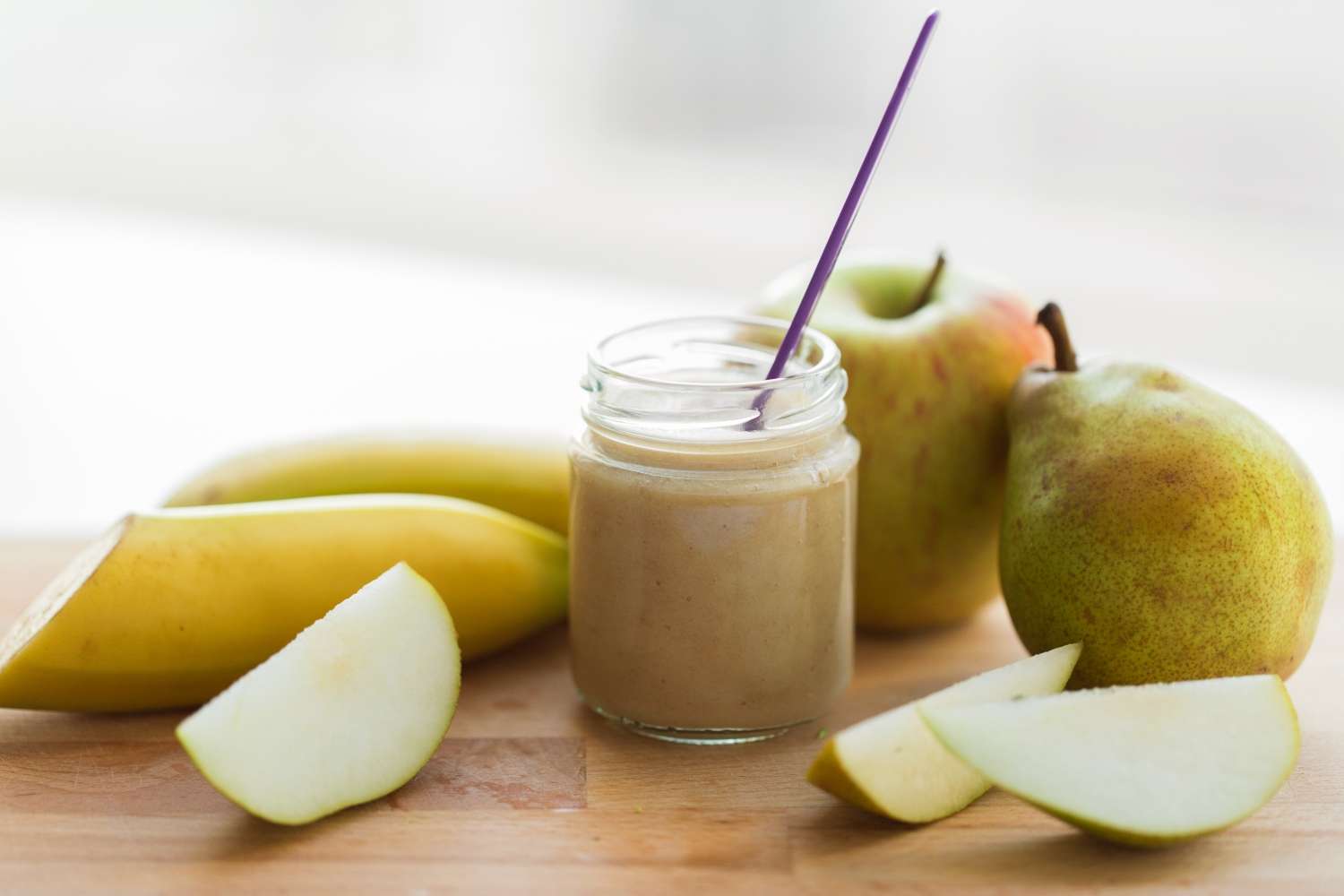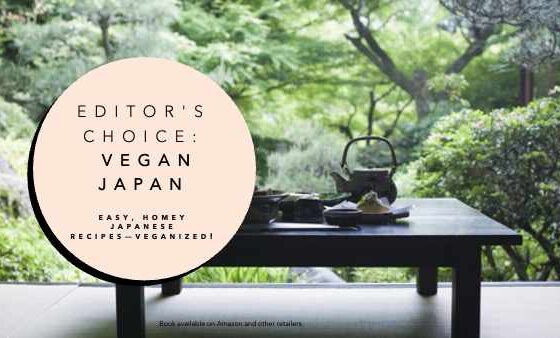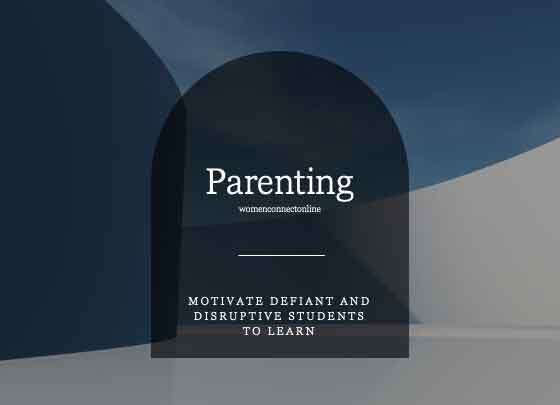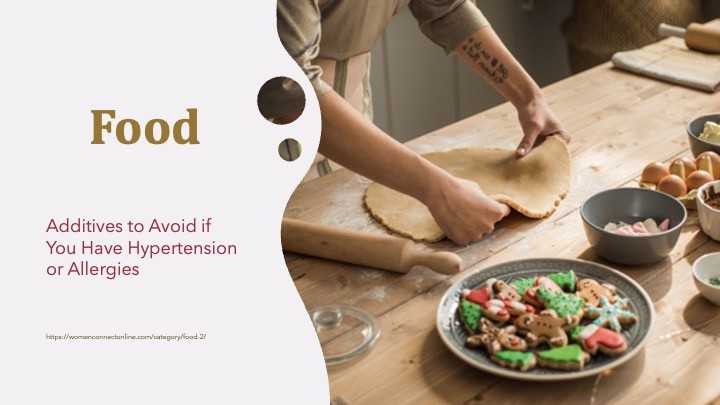How to Make Your Own Baby Food

When it’s time to begin feeding your little one solid foods, your first thought may be the shelves at the store lined with little jars of baby food. While this is an acceptable option for your baby, you may want to consider making your own.
Since 2005, sales of commercial baby food have declined as more parents have chosen to make their baby food. There are many advantages to making food for your little one. Read on for tips and tricks before embarking on your own from-scratch baby food adventure.
Benefits of Homemade Baby Food
Though making your own baby food takes more time than picking up some jars at the store, there are a variety of benefits that make it worth the time for many moms and dads.
-
- Savings: Experts estimate that homemade baby food costs one-third of the price of commercially prepared baby food.
- Nutrition: Commercially prepared baby food is heated to high temperatures to give it longer shelf life. These high temperatures kill vital minerals and nutrients in the food and alter the taste and texture.
- Organic Options: It can be difficult to find organic baby food options. Parents who make their own have the option of selecting high-quality organic foods or foods from their garden to use for their baby food.
- Varied Textures: Already-prepared baby food is blended until it is a very fine, smooth texture. While this is ideal for babies who are just beginning solids, older babies need thicker textures to help them transition to table foods.
- Transitioning Ease: Your little one will already be used to eating the foods that you eat as a family, allowing them to transition to table foods.
- Environmentally Friendly: All of the jars and plastic containers that commercial baby food products use to take their toll on the environment. By making your own, you can use reusable containers that will decrease your carbon footprint on the earth.
How to Make Your Own Baby Food
Select Produce
First, select the products that you would like to use. Aim for organic options, if possible. Remember to select fruits and vegetables that aren’t bruised or over-ripe, as these may have fewer nutrients. Parents who grow their own fruits and vegetables in their garden can save even more money by using home-grown food. Hoop houses are a simple way for parents to plant a garden and produce organic vegetables and fruits for a fraction of the cost of store-bought.
Steam
Prepare the fruits and vegetables by washing and drying them. Peel and chop into chunks to make steaming easier. When you have the produce prepared, steam them until the fruit and vegetables are soft. This can be done on the stovetop with a steaming basket, in the microwave, or by buying a baby food steamer that is designed for making baby food. Eggs, poultry, and meat can also be used. Cook them separately until well-done.
Blend or Mash
The food is ready when a fork goes easily into the fruit or vegetable chunks. Drain the excess water using a strainer. Save the water to thin out the baby food or to use for watering garden plants. Blend or mash the fruits and vegetables with a little bit of the reserved water or breast milk until it is the desired consistency.
Store Properly
Fill an ice cube tray or small glass containers with the blended baby food. Freeze or refrigerate until ready to use. Once frozen, the baby food can be placed in a reusable container and stored in the freezer. Experts recommend storing baby food in the fridge for no longer than 72 hours. Stored properly, baby food can last approximately three months in the freezer.
Keep It Simple
Remember to keep things simple when first giving your little one food. Wait a few days in-between trying new foods to check for allergies and only feed your baby one food at a time in the beginning. As your baby gets older, try combining different foods, such as bananas and strawberries, to switch things up and get them used to different food combinations. Remember to avoid honey, egg whites, citrus, and seafood during your little one’s first year.
Making your own baby food doesn’t take much more time than driving to the store and purchasing it and the advantages are well worth it. Try making your own baby food and watch your little one enjoy discovering new foods and textures that they will love.
Image Source: Envato/dolgachov







